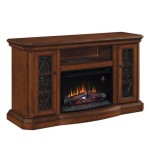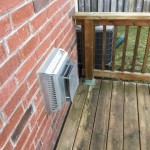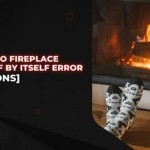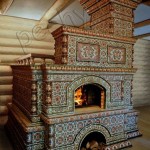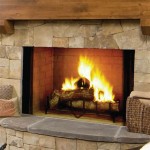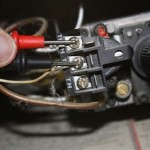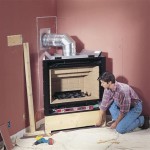Can a Gas Fireplace Be Installed on an Interior Wall?
The prospect of a cozy fireplace often entices homeowners. While traditionally associated with exterior walls, gas fireplaces offer more flexibility in placement. This raises the question: can a gas fireplace be installed on an interior wall? The answer, while not a simple yes or no, leans towards the affirmative, provided certain conditions are met.
Unlike traditional wood-burning fireplaces that require a chimney for venting combustion byproducts, gas fireplaces offer venting options that allow for greater placement versatility. Direct-vent fireplaces, for instance, utilize a double-walled pipe system. This system draws combustion air from outside and expels exhaust gases outdoors, eliminating the need for a traditional chimney. This venting system can often be run through walls, ceilings, and even roofs, opening possibilities for interior wall placement.
Ventless gas fireplaces, as the name suggests, do not require venting to the exterior. They burn gas very efficiently, producing minimal byproducts. While this makes them incredibly adaptable for interior walls, local building codes and regulations often restrict or prohibit their installation. It's crucial to consult with local authorities and certified professionals before considering this option.
Several factors influence the feasibility of installing a gas fireplace on an interior wall. The type of gas fireplace plays a crucial role. As mentioned, direct-vent and ventless fireplaces are suitable candidates. However, B-vent fireplaces, which utilize the house's existing chimney system, are generally unsuitable for interior wall installations due to their reliance on a chimney, typically located on an exterior wall.
The existing wall structure is another key consideration. Interior walls often contain electrical wiring, plumbing pipes, and HVAC ducts. Installing a gas fireplace requires adequate space within the wall cavity to accommodate the venting system or the fireplace unit itself, depending on the type chosen. A thorough inspection by a qualified professional is necessary to determine if the existing wall structure can accommodate a fireplace installation without compromising structural integrity or interfering with existing utilities.
Access to a gas supply is paramount. While most homes have a gas line, extending it to an interior wall can involve significant plumbing work. The cost and complexity of this process will depend on the distance from the existing gas line to the desired fireplace location. A consultation with a licensed plumber is essential to assess the feasibility and cost of extending the gas line.
Local building codes and regulations play a significant role in determining the permissibility of installing a gas fireplace on an interior wall. These regulations often dictate specific requirements for venting, clearance distances from combustible materials, and other safety considerations. Securing the necessary permits and inspections is a crucial step in ensuring compliance with local regulations and ensuring a safe installation.
Beyond the technical aspects, aesthetic considerations also come into play. The size and style of the fireplace should complement the room’s décor and proportions. Interior wall placement offers unique design opportunities, allowing the fireplace to become a central focal point, dividing a large space, or creating a cozy nook.
The installation process itself requires specialized expertise. Engaging a certified gas fireplace installer is critical. A qualified installer will understand the technical requirements, ensure proper venting, adhere to safety regulations, and perform the installation to manufacturer specifications, guaranteeing the safe and efficient operation of the fireplace.
Cost is an undeniable factor. Installing a gas fireplace on an interior wall can vary significantly depending on the type of fireplace, the complexity of the installation, and local labor costs. Factors influencing the cost include running a new gas line, altering the wall structure, installing the venting system, and the cost of the fireplace unit itself. Obtaining detailed quotes from reputable installers is essential for accurate budgeting.
Safety remains paramount. Regular maintenance and inspections are crucial for the safe and efficient operation of any gas fireplace. Annual inspections by a qualified technician can identify potential issues, ensuring the fireplace continues to function correctly and safely. Homeowners should also familiarize themselves with the manufacturer’s operating instructions and safety guidelines.
In summary, installing a gas fireplace on an interior wall is often achievable with careful planning and professional execution. Addressing the technical requirements, securing necessary permits, and adhering to safety regulations are essential steps in realizing the warmth and ambiance a gas fireplace can bring to an interior space.

Can You Install A Gas Fireplace On Interior Wall Just Log Fires
Have Your Fire Wherever You D Like Heatilator
Have Your Fire Wherever You D Like Heatilator

Can Gas Fireplaces Be Installed On Interior Walls Ehow

Hole In The Wall Installation Guide Direct Fireplaces

Can You Install A Gas Fireplace On An Interior Wall

Ventless Gas Fireplace Propane

7 Fireplace Surround Ideas That Will Ignite The Room

Gas Fireplaces 101 All You Need To Know Bob Vila

How To Install A Gas Fireplace With Tile Surround And Wood Mantel Sima Spaces
Related Posts

